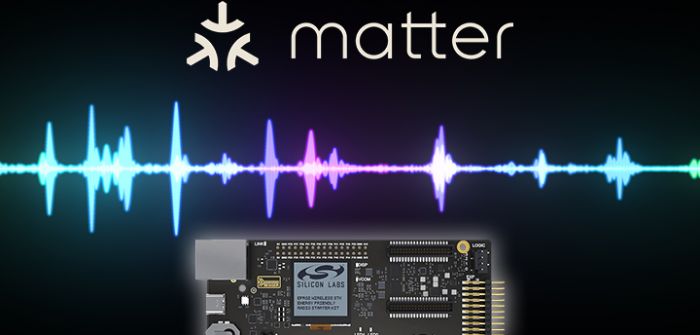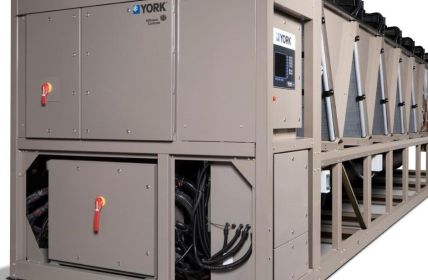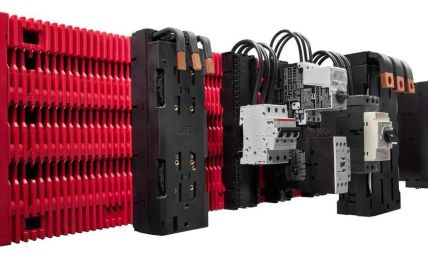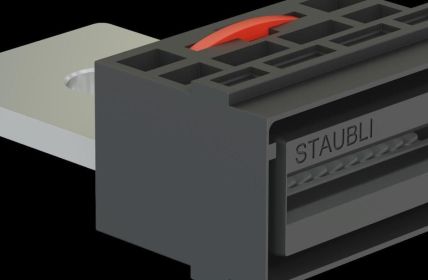Thanks to the integration of smart home technology, we can now exercise even greater control over our home. Through smartphone apps or voice commands executed via voice assistants such as Siri or Alexa, we can easily and quickly control our lighting, heating and air conditioning. With the introduction of the universal MATTER standard, we can look forward to even more innovative and seamless integration of smart home technology into our everyday lives.
Table of Contents: What awaits you in this article
Uniform language for all Smart Home devices: MATTER.
The MATTER standard is an innovative solution to the compatibility issues faced by many smart home devices today. Jointly developed by different manufacturers, MATTER provides a universal language for smart home devices and systems, making it easier to connect and control different devices. MATTER is an important step towards a fully integrated smart home environment that improves the quality of life for users and makes the operation of smart home systems more efficient.
For the development of MATTER applications, a robust and powerful hardware and software base is essential, which is provided by a proven manufacturer such as SILICON LABS (SiLabs for short – distribution: GLYN). The manufacturer of energy-saving IoT controllers offers an integrated platform solution consisting of hardware, software and stacks as well as suitable development tools. With support for a wide range of modern radio protocols such as Bluetooth, Zigbee and Thread, the platform is extremely versatile and can be used for a variety of IoT applications.
MATTER: The universal language of the IoT
Smart home devices and IoT devices are becoming increasingly popular. However, there is one big problem: the devices from the different manufacturers are often not compatible. To find a solution to this problem, some of the largest companies such as Amazon, Apple, Google and chip manufacturers such as SILICON LABS have joined forces and developed the cross-manufacturer standard MATTER. Version 1.0 of the standard was published on 4 October 2022.
The continued work of the Connectivity Standard Alliance (CSA) ensures the best possible interoperability between devices from different manufacturers. Thanks to MATTER, it will be possible to easily connect a wide range of devices in the smart home and IoT, thus achieving seamless networking.
MATTER: The universal language of IoTMATTER reinvents itself: MG24 as a derivative innovation
The continued work of the Connectivity Standard Alliance (CSA) ensures the best possible interoperability between devices from different manufacturers. Thanks to MATTER, it becomes possible to easily connect a wide range of devices in the smart home and IoT, thus achieving seamless networking.With the EFRMG24 Series 2 System-on-Chips (SoCs), SiLabs has created a powerful platform for the development of IoT applications. The SoCs contain a 32-bit microcontroller, a versatile wireless transceiver for multiple protocols, and encryption and security features that meet the highest security standards. Their energy-efficient low-power functions enable them to be used for a long time, even in battery-powered applications.
With the MG24 devices, a connection with MATTER can be established via the Thread radio standard. There is also the option of using other standards such as Zigbee, Bluetooth Low Energy or Bluetooth Mesh to establish the connection.
If you are interested in SiLabs’ EFR32MG24 SoC but don’t have the time and resources to design and test crystal and antenna components, SiLabs’ pre-certified modules are an excellent option. These modules have already been equipped and tested with these components to enable quick and easy integration into your applications.
The MGM240P PCB module is a versatile board with integrated antenna and numerous GPIO pins that offers you many possibilities to realise your own projects. There are two variants with different transmission power: 10 dBm or 20 dBm. However, if you have special requirements, you can also choose the variant with the RF pin and connect a separate antenna to achieve even better results.
The ultra-compact SiP module MGM240S offers an incredible number of 32 GPIO pins on a tiny 7×7 mm. In order to use the integrated antenna, it is necessary to integrate a small ground loop in the PCB layout, which takes up about 2/3 of the PCB module’s footprint. If a separate antenna is used, the MGM240S can achieve a transmission power of up to 10 dBm. Overall, the MGM240S is a powerful and space-saving module for a wide range of applications.
The indispensable importance of software for MATTER, MG24 and IoT
With Simplicity Studio, SiLabs offers a comprehensive development environment for the Thread, ZigBee and MATTER protocols that is particularly suitable for developers. The software contains all the necessary stacks and also offers a practical network analysis function for visualising one’s own network. Thanks to the simple operation, developing your own applications is child’s play.
EFR32xG24 development: Three quick kits for an easy start
The Explorer Kit and Dev Kit boards are perfect tools for rapid prototyping. They are equipped with an EFR32MG24 SoC and a USB port with J-Link debugger and can be connected to additional peripherals via breakout pins and the “qwiic” connector. The dev kit also has sensors and a battery holder, enabling rapid development of end devices. If you need more development and debugging capabilities, then you should take a closer look at the EFRxG24 Pro kits.
The Base Board not only contains the J-Link Debugger, but also the Advanced Energy Monitor (AEM). The Power Analyzer enables real-time monitoring of the application’s power requirements. The EFR32MG24 SoC is on a separate radio board that can be easily replaced with other SiLabs SoCs and modules by swapping the board. In addition, the base board is equipped with a connector that allows you to connect and debug your own hardware.














